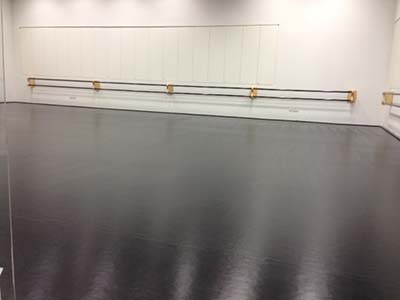
The main colors are red, blue, and yellow. These colors cannot be made by mixing other colors combined. Intermediate hues, such as emerald, tangerine, and violet, are formed by combining main colors. Tertiary colors are formed by mixing a primary color with a secondary hue. Grasping these fundamental connections helps creators select colors that complement one another and create a visually appealing show. Mixing these hues on an light-emitting diode dancing surface can result to dynamic and exciting effects that capture the attention of dancers.
Hue value also holds a key role in design. Colors can be categorized as warm or cool. Warm hues, such as crimson, tangerine, and golden, tend to evoke feelings of enthusiasm and heat. In opposition, cool colors like blue, emerald, and violet typically create a calm and soothing atmosphere. Creators can utilize these color temperatures to set the ambiance for various kinds of occasions. For instance, a party environment may gain great site from hot colors that energize the crowd, while a further calm occasion might use cool hues to offer a soothing effect.
In addition to hue pairings and temperature, brightness and saturation are essential factors to take into account. Brightness refers to how bright or dim a color looks, while saturation indicates the vividness of a color. Bright, intense hues can create a vibrant and energetic atmosphere, perfect for dancing floors. On the other hand, gentler, lower saturated colors can generate a further subdued atmosphere. Through adjusting brightness and saturation, creators can attract attention to specific sections of the dancing floor or establish sight pathways, guiding participants through the venue.
Finally, it is essential to take into account the emotional effects of color in light-emitting diode dancing floor layouts. Various colors can elicit different emotions and responses. For instance, crimson is often associated with zeal and vitality, while blue can be calming and peaceful. Grasping these connections allows designers to tactically use hues to affect the behavior of dancers. Through incorporating hue principles into light-emitting diode dance floor layouts, designers can improve the overall experience, rendering it memorable and pleasurable check this link right here for all involved.